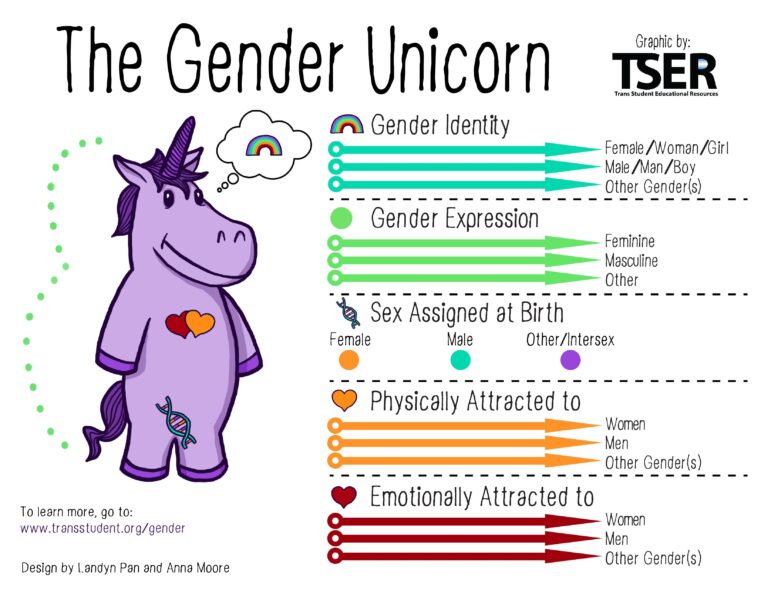Gender Identity Education in U.S. Schools: Navigating a Divided Landscape
Nationwide Divergence in Gender Identity Instruction
Across the United States, school districts are increasingly polarized over how to approach gender identity education. While some states are enacting bans on gender identity topics, often citing parental authority and political pressures, others are broadening their curricula to foster inclusivity and awareness among students. This division reflects a complex interplay of cultural values, political ideologies, and educational priorities, highlighting a national debate about identity, rights, and the role of schools in shaping social understanding.
Current Trends in Gender Identity Curriculum Policies
Educational strategies regarding gender identity vary widely, with districts adopting different stances based on community values and legislative mandates. Advocates for inclusive education emphasize the importance of supporting LGBTQ+ students, reducing stigma, and cultivating empathy. Conversely, critics raise concerns about developmental appropriateness and parental involvement, leading to a patchwork of policies nationwide.
| Policy Category | Number of Districts | Notable Features |
|---|---|---|
| Comprehensive Inclusion | 90 | Full integration of gender diversity topics, staff training, student-led support groups |
| Restricted Access | 115 | Limited instruction with opt-out provisions for families |
| Complete Prohibition | 65 | Ban on gender identity content, backed by legal enforcement |
- Proponents highlight the positive impact on mental health and social inclusion.
- Opponents emphasize concerns over ideological influence and parental rights.
- Many districts are balancing legislative demands with community expectations, resulting in varied implementations.
Innovative Educational Approaches Amidst Opposition
Facing political resistance and community apprehension, educators are adopting creative methods to maintain access to gender identity education. Curricula are being revised to use developmentally appropriate terminology and to frame discussions around universal themes such as respect, kindness, and diversity. Collaborative efforts involving parents, teachers, and local leaders are increasingly common, aiming to build trust and reduce misunderstandings.
To accommodate diverse viewpoints, schools are implementing flexible learning options, including:
- Voluntary lesson modules requiring parental approval
- After-school virtual workshops for deeper exploration
- Take-home educational materials to encourage family conversations
This multifaceted strategy seeks to uphold educational integrity while respecting community values.
Positive Outcomes of Inclusive Gender Education on Students
Research consistently demonstrates that inclusive gender education cultivates a nurturing atmosphere where all students feel recognized and supported. Schools that have embraced comprehensive gender identity instruction report significant improvements in the mental health of LGBTQ+ youth, including reductions in anxiety and depression. By normalizing a spectrum of gender experiences, these programs empower students to express their authentic selves and foster empathy among classmates.
Beyond emotional wellbeing, inclusive education helps dismantle harmful stereotypes, contributing to safer and more welcoming school environments. Key advantages include:
- Increased student engagement and self-esteem
- Lower rates of bullying related to gender expression
- Greater awareness and acceptance among educators and families
| Focus Area | Before Inclusive Education | After Implementation |
|---|---|---|
| Student Mental Health | Elevated stress and isolation | Enhanced wellbeing and social connection |
| Bullying Incidents | Frequent, especially targeting gender nonconformity | Marked decline |
| Awareness & Respect | Limited understanding | Broadened inclusivity and acceptance |
Effective Practices for Cultivating Inclusive School Environments
To ensure every student feels safe and valued, schools are implementing deliberate policies and educational initiatives. Comprehensive diversity training for staff and students helps challenge biases and nurture empathy. Establishing safe zones and peer-led support networks specifically for LGBTQ+ youth reduces feelings of alienation and bullying. Ongoing communication among parents, educators, and students promotes mutual understanding and addresses concerns proactively.
Commonly adopted strategies include:
- Curriculum inclusivity that authentically represents diverse gender identities and experiences
- Clear anti-discrimination policies with consistent enforcement
- Professional development focused on unconscious bias and respectful dialogue
- Partnerships with advocacy organizations to provide tailored resources and support
| Initiative | Positive Outcomes |
|---|---|
| Safe Spaces | Boosted student confidence and emotional health |
| Inclusive Curriculum | Improved cultural competence and respect |
| Staff Training | Enhanced management of sensitive topics |
| Parental Involvement | Strengthened community support and dialogue |
Looking Ahead: The Future of Gender Identity Education
The debate surrounding gender identity education in American schools remains highly dynamic and contentious. As some states impose restrictions, others continue to expand inclusive programs aimed at fostering understanding and acceptance. This evolving mosaic of policies underscores the broader cultural and political tensions influencing education today. The path forward will require ongoing dialogue, adaptability, and a commitment to balancing diverse perspectives while prioritizing student wellbeing and rights.







